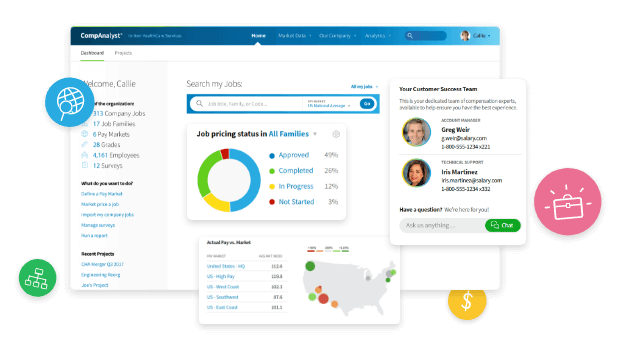How much does a Database Design and Analysis - Intermediate make in Singapore? The average Database Design and Analysis - Intermediate salary in Singapore is S$62,685 as of March 23, 2021, but the range typically falls between S$50,693 and S$74,651. Salary ranges can vary widely depending on many important factors, including education, certifications, additional skills, the number of years you have spent in your profession. With more global market data that allows you to price your jobs around the world and compare job salaries across countries and cities on real-time compensation data, Salary.com helps you to determine your exact pay target.
-
-
Find More Jobs in Singapore
-
Choose Similar Job
-
Pick Related Category
Skills to Boost a Database Design and Analysis - Intermediate Salary
Mastering key skills can significantly increase your earning potential as a Database Design and Analysis - Intermediate. According to Salary.com's Real-time Job Posting Data, expertise in Troubleshooting can lead to a 4% salary raise, while strong Big Data skills boost pay by a 3%. Even Agile can result in a 2% salary increase.
| Skills | Salary | Demand | |
|---|---|---|---|
| Skill & Salary | Demand | ||
| S$65,192 |
Troubleshooting
S$65,192
|
4%
|
|
| S$64,565 |
Big Data
S$64,565
|
3%
|
|
| S$63,939 |
Agile
S$63,939
|
2%
|
|
| S$63,939 |
Data Quality
S$63,939
|
2%
|
|
| S$63,939 |
Data Integration
S$63,939
|
2%
|
What does a Database Design and Analysis - Intermediate do?

Database Design and Analysis - Intermediate
Fortaleza, BR
System analysis is conducted for the purpose of studying a system or its parts in order to identify its objectives.

Database Design and Analysis - Intermediate
Rennes, FR
If database design is done right, then the development, deployment and subsequent performance in production will give little trouble.

Database Design and Analysis - Intermediate
Reims, FR
The database development design phases bring up the concept of ‘data models.’ Data models are diagrams or schemas, which are used to present the data requirements at different levels of abstraction.
Are you an HR manager or compensation specialist?
Salary.com's CompAnalyst platform offers:
- Detailed skills and competency reports for specific positions
- Job and employee pricing reports
- Compensation data tools, salary structures, surveys and benchmarks.

 About Singapore
About Singapore
Similar Jobs to Database Design and Analysis - Intermediate in Singapore

| Job Title | Salary Range in SGD |
|---|---|
| Job Title Database Design and Analysis - Career |
|
| Job Title Database Design and Analysis - Entry |
|
| Job Title Database Design and Analysis - Specialist |
|
| Job Title Database Engineer II |
|
| Job Title Database Engineer, Intermediate |
|
 Understand the base salary paid range for a Database Design and Analysis - Intermediate in Singapore
Understand the base salary paid range for a Database Design and Analysis - Intermediate in Singapore
Average Base Salary
Core compensation













